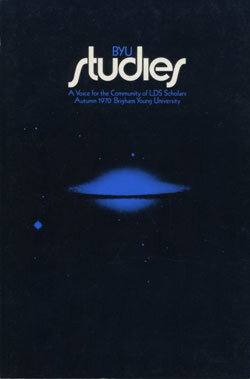Iconographs
Review
-
By
Veneta Nielsen,
Amazement and delight are a first reaction to this new book. One goes beyond the performance to find the passion. There is May Swenson. A teacher could teach a variety of aesthetic values by use of her iconographic devices, and as a teaching tool the typescape can be valuable. Swenson’s true art is beyond typescape.
Brilliant tour de force, revealing mind’s joy in play or work, delights, amazes. But unless there is more than delight and amazement poetry is over as fire is gone when the Catharine Wheel fades. Poe’s “The Bells,” for most readers illustrates how his tragic paradigm can disappear in sound, because the skill is great enough to become an end in itself. The Iconographs are distinguished play and work, the best remaining after the fireworks. Most of the poems signal a restless probing —from the initial “Bleeding” to the concluding “Rocky Point” —a persistent nudging at Reality to say without those syllables, “Yes” or even “Beauty” or “God,” or at least some form of that.
For example, in “Bleeding” she doesn’t say “Life is a bleeding, life is a knife. I feel the wound but endure it.” That would sound self-pitying. She draws, as a blade draws, on the page, a cut. Cut says it hurts but I accept the pain, because it’s either/or, so yes, yes. In “Rocky Point” (a poem less penetrating and moving than her earlier “Promontory Moment” from A Cage of Spines) there is a physical abyss drawn on the page, but at the bottom of the abyss the poem ends: “it’s the moment’s ground I stand on. It is fair.”
Nobody should mind finding Mind her primary subject matter, as if in her search of the world of objective being she was ever really looking for anything else, or will, since death and time and space have meaning only through Mind. In “The Beam” Miss Swenson makes two philosophic leaps which are encouraged but surely not accomplished by spacing of the key words Time, Space, Mind. The poem has enough without this artfulness: Answering her own question “When all we think and know goes out where does it go?” “Space/ is it what we find around us in our place, or/ a symbol, suitably haunted, of the/Mind?” and “Mind/ must move and warm/ the groove, spot particles for another seeing.” A poem like this can bear method and go beyond it.
“An Old Field Jacket” so transcends its devices that the unsayable irony, the unpayable purchase price, the gone boy, are agony for a caring reader. Perhaps the bullet head stanza arrangement adds to the dynamic attack, but that poem in any shape would still be, for the thoughtful reader, almost unbearably good.
(Rosignole: “Feel Me to Do Right” is sacred writing. It was more beautiful as originally printed, having the valid passion of an Old Testament poem, where the art is pure mind, pure heart. Please don’t print it broken again. Prayer isn’t art-conscious. “I look at My Hand” is again such personal language that your designing is not important in the communication.)
The book is extraordinary. Diogenes himself would find an honest poet, maybe with a golden thigh.
Notes
- Civilizations Out in Space
- Economic Policy: National, Institutional, and Individual Issues
- Some Notes on Art and Morality
- Hebraisms in the Book of Mormon: A Preliminary Survey
- Educating the Saints—A Brigham Young Mosaic
Articles
- Defenders of the Faith: Three Vignettes from Mormon History
- Sidney Rigdon’s Missouri Speeches
- Mischa Markow: Mormon Missionary to the Balkans
- Josiah Hickman: A Student Defends the Faith
Documents
- Utah Ranch, an oil painting
- A Note on “Utah Ranch”
Creative Art
- Grooks
Poetry
- The Church Encounters Asia
- Iconographs
- Spiritual Roots of Human Relations
- Joseph Smith’s “New Translation” of the Bible
- Uranium Fever, or No Talk under $1 Million
Reviews
Purchase this Issue
Share This Article With Someone
Share This Article With Someone
The Church Encounters Asia
Print ISSN: 2837-0031
Online ISSN: 2837-004X


